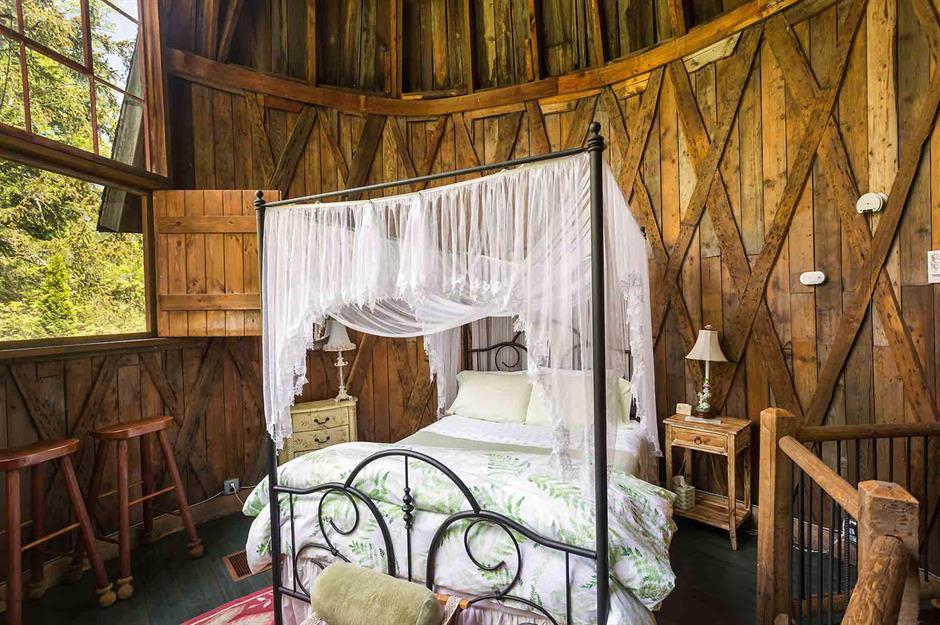

"Then I'll huff, and I'll puff, and I'll blow your house in." "No, not by the hair on my chinny chin chin."

"Little pig, little pig, let me come in." The earliest published version of the story is from Dartmoor, Devon, England in 1853, and has three little pixies and a fox in place of the three pigs and a wolf. The story in its arguably best-known form appeared in English Fairy Tales by Joseph Jacobs, first published on June 19, 1890, and crediting Halliwell as his source. "The Three Little Pigs" was included in The Nursery Rhymes of England (London and New York, c.1886), by James Halliwell-Phillipps. It is a type B124 folktale in the Thompson Motif Index. Many versions of The Three Little Pigs have been recreated and modified over the years, sometimes making the wolf a kind character. The phrases used in the story, and the various morals drawn from it, have become embedded in Western culture. The earliest version takes place in Dartmoor with three pixies and a fox before its best known version appears in English Fairy Tales by Joseph Jacobs in 1890, with Jacobs crediting James Halliwell-Phillipps as the source. The printed versions of this fable date back to the 1840s, but the story is thought to be much older. A Big Bad Wolf blows down the first two pigs' houses which are made of straw and sticks respectively, but is unable to destroy the third pig's house that is made of bricks. " The Three Little Pigs" is a fable about three pigs who build their houses of different materials. The wolf blows down the straw house in a 1904 adaptation of the story.


 0 kommentar(er)
0 kommentar(er)
